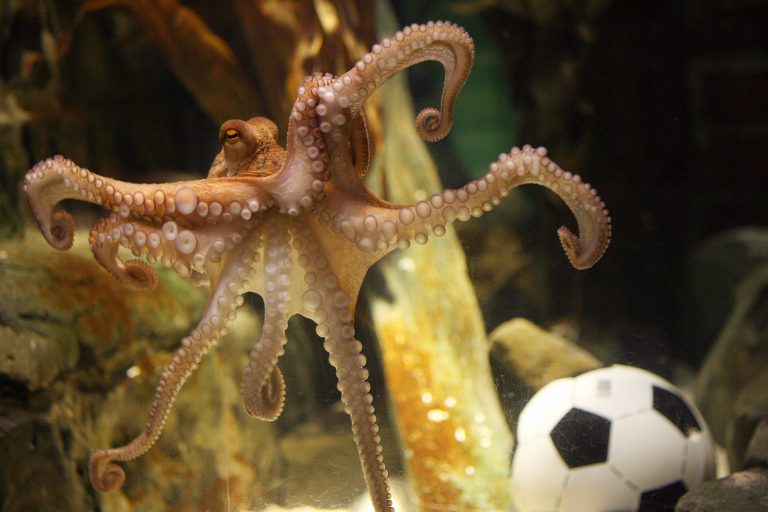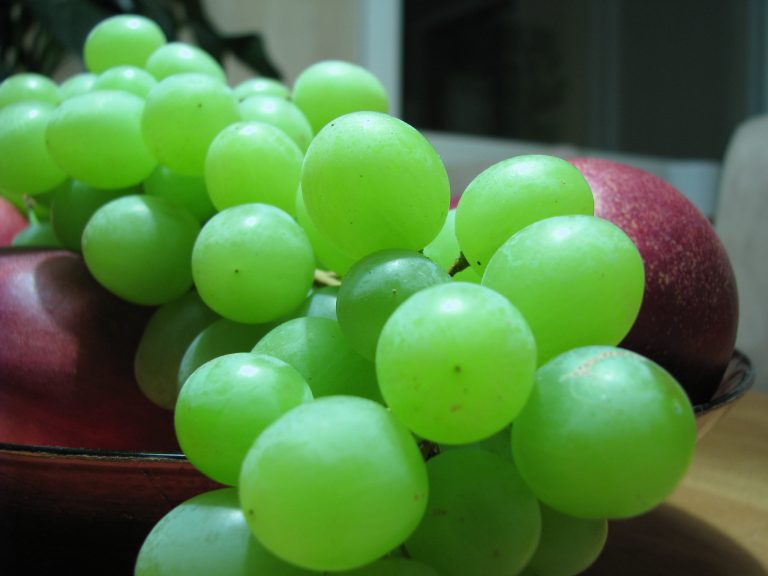Man has always been inspired by animals with superhuman powers; so much so that we have invented various ways to mimic them—soaring through the air on man-made wings, and penetrating the depths of the ocean with artificial breathing apparatuses. Yet wings and gills aren’t the only enviable features of the animal kingdom.
From the industrious honey bee to the mysterious octopus, many creatures inspire awe and wonder at their incredible abilities to sense, adapt, and problem solve; which often surpass our limited capabilities.
The curious and crafty crow
Crows are believed to be one of the smartest bird species. They are inquisitive, have an excellent memory, and use real ingenuity, especially when food is at stake.
“Crows are always testing their environment,” said John Marzluff, University of Washington professor of wildlife science. “Anything that looks potentially edible, they will mess with and try it.”
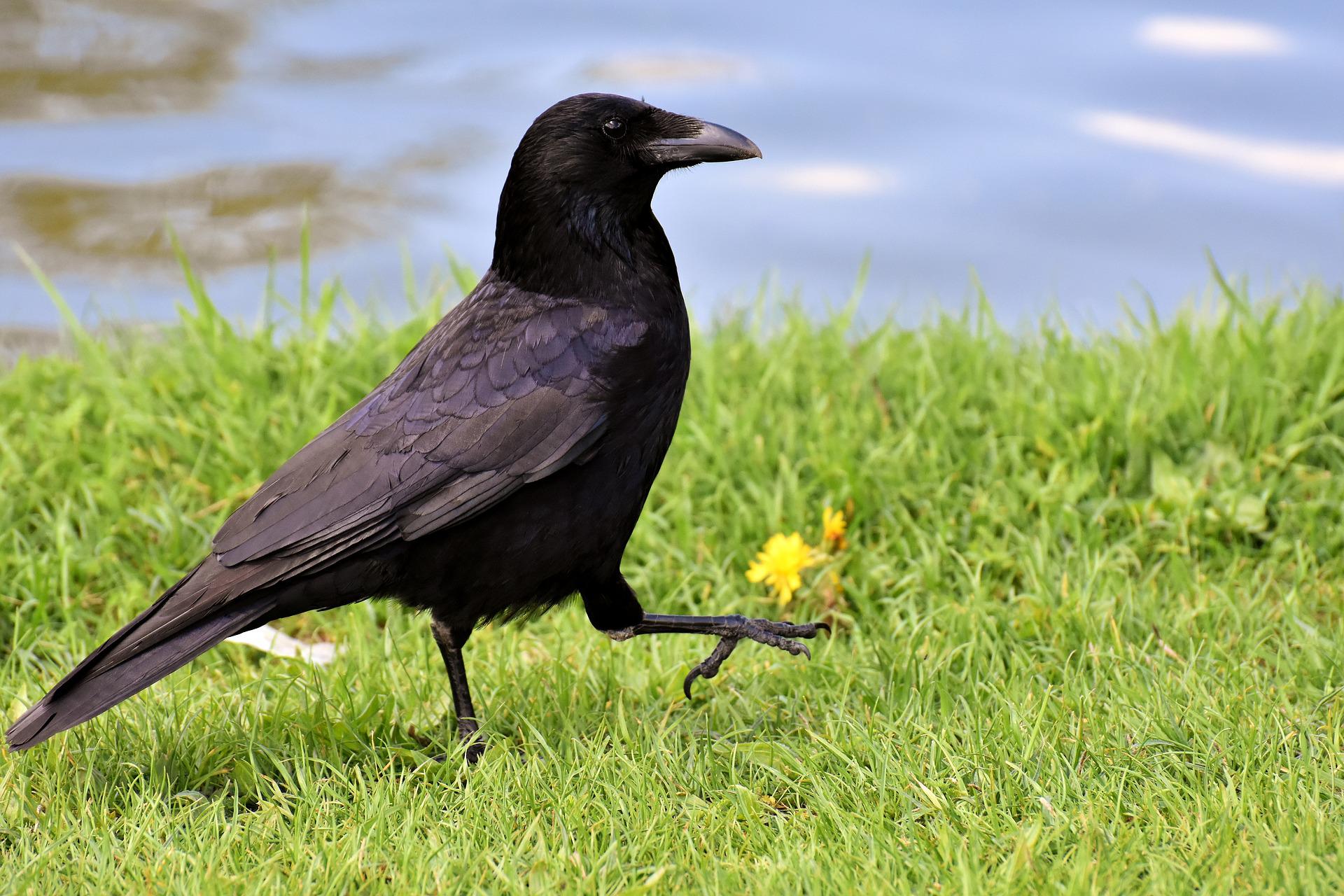
A captive crow named Betty made headlines in 2002 when she was observed casually picking up a piece of wire, using another object to bend it into a hook, and then using the hook to fetch a morsel of meat. Years later, research showed that tool crafting is common behavior among New Caledonian crows, who use the implements regularly in their foraging habits.
Success
You are now signed up for our newsletter
Success
Check your email to complete sign up
A study by Nicky Clayton, professor of comparative cognition at the University of Cambridge, has shown that crows can outsmart human children. When presented with a tall tube partially filled with water and a floating treat, the birds raised the water level by dropping pebbles into the vessel, bringing the treat within reach, while the children struggled to figure this out.
Crows can also learn many words and remember complete sentences. Their speech is much clearer and more human-like than that of parrots, although they are far less “chatty.”
Crows recognize human faces, and will remember them for years. “Never be mean to a crow,” warned Catherine Sevcenko of Diva Crows in Alexandria, Virginia. “They not only remember faces but teach their offspring who to beware of.”
Like many birds, crows also have the amazing ability to orient themselves and navigate long distances during migration. With the combined use of magnetic sensing, visual mapping, learned behavior, and navigation by both sun and stars, crows seem to have an internal GPS that never misguides them.
READ MORE:
- Pigeons and People – A Complex and Enduring Relationship
- Birds’ Abilities in Language Closer to Humans Than Any Other Animal – Even Primates
- Talking Duck Has a ‘Fowl’ Mouth
Brilliant bees
Honey bees travel a remarkable one to two miles from their hive on their foraging trips to flowers, navigating by way of the sun, and, when it’s cloudy, by polarized light. They are highly social creatures, and communicate via a complex language of dance and pheromones.
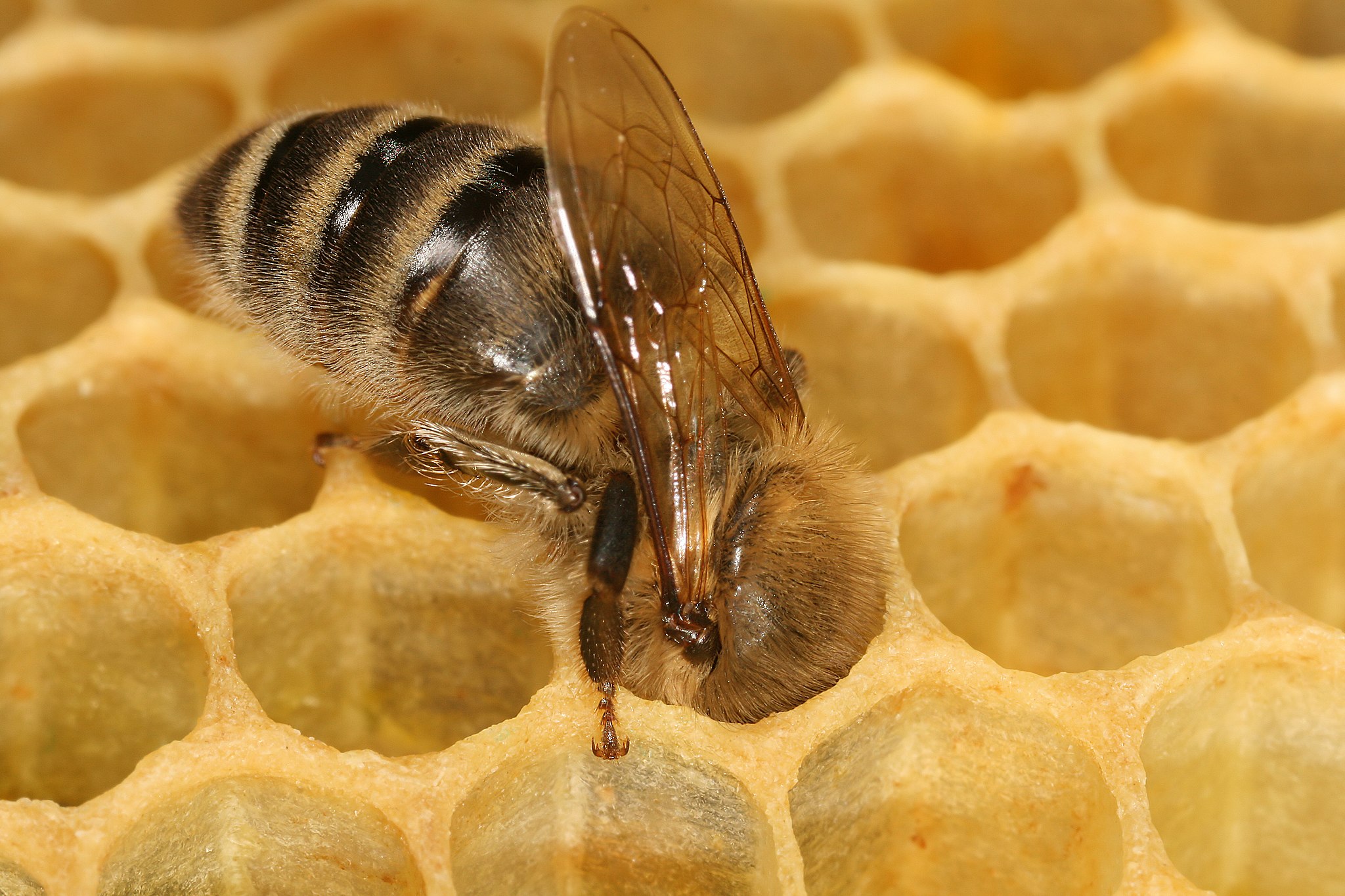
Bees are also accomplished mathematicians. Unlike many animals, they actually grasp the concept of zero, and are capable of solving simple mathematical equations. Bees are the only animals known to have solved the “traveling salesman problem” finding the shortest possible route to visit all their stops, no matter in which order the flowers were discovered.
The hexagonal honeycomb made by bees to house their young and store food has been confirmed by ancient and modern-day mathematicians to be the most practical structure possible. Of all the shapes that could be used to cover a continuous plane, the hexagon uses the least amount of wax. Charles Darwin observed bees’ honeycomb to be “absolutely perfect in economizing labor and wax.”
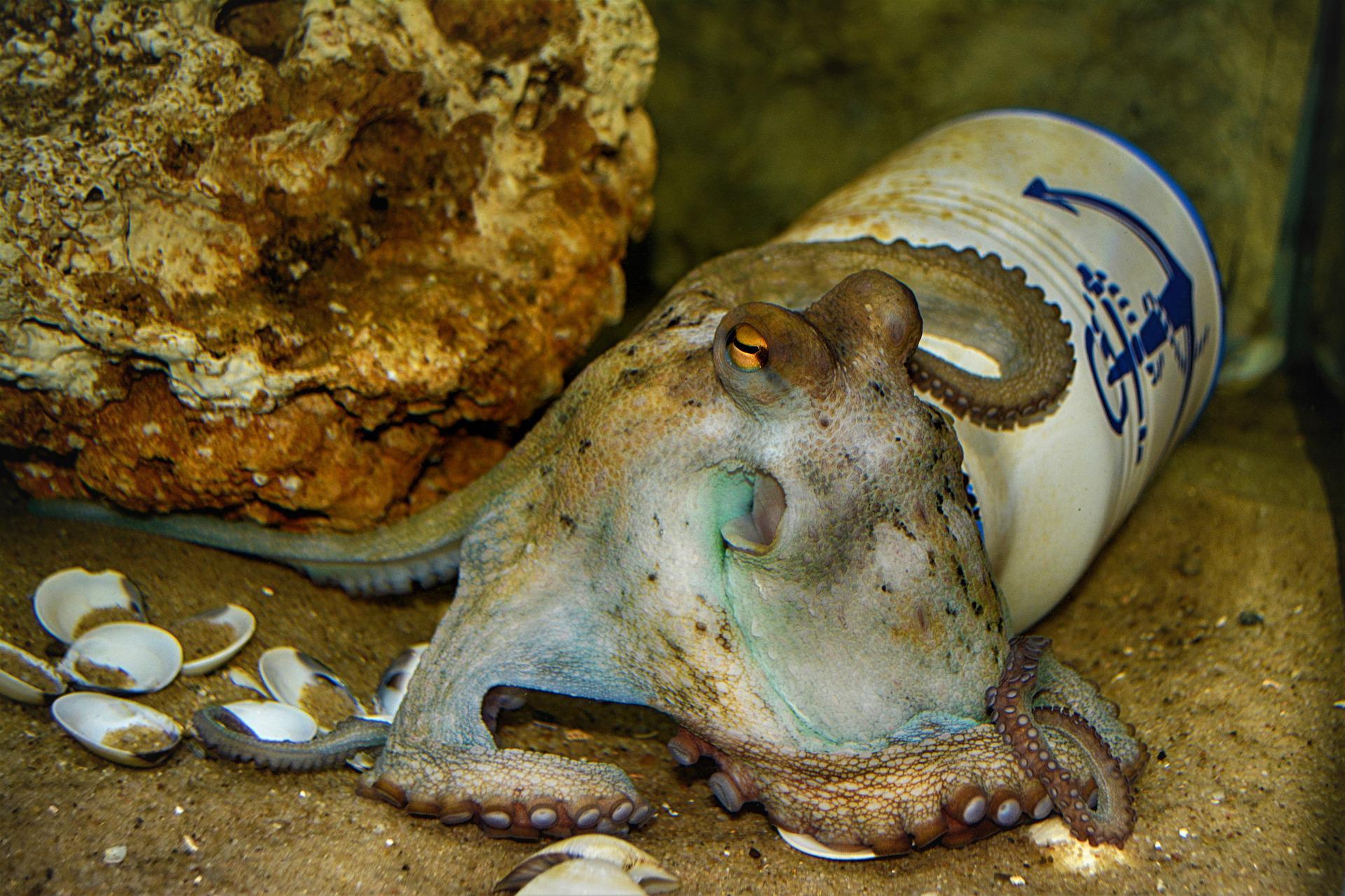
Amazing mollusks
Octopuses are the leggy geniuses of the ocean. Scientists have been throwing one test after another at these cephalopods, yet they are very hard to stump. Research has shown that they are capable of both long and short term memory, and are able to resolve problems much like people do.
Octopuses are known to be exceptional escape artists, prompting aquarium keepers to put extra effort into tank security, lest they climb into—and devour the residents of—other tanks.
Because they can direct their neurons to change the color of their skin, octopuses are well adapted to camouflage. One species of octopus is known to mimic other predators by changing the way its body looks and moves. It has a repertoire of at least 15 vastly different sea creatures, including stingrays, jellyfish, eels, sole, and starfish!
Octopuses can recognize human faces, and, as in the case of filmmaker Craig Foster, who documented the life of a female octopus over the course of a year, form friendly bonds with humans.
Man’s smartest friend
Since the early days of civilization, we have tamed, bred, and raised canines not only for protection and companionship, but also to help us with a wide range of duties. What makes these affectionate animals so helpful?
Due to their acute sense of smell—which is tens or hundreds of thousands times better than ours, they can detect all sorts of information that is unavailable to us. They sense the smelly field of our bodies before they even see us, and their vision isn’t bad either.
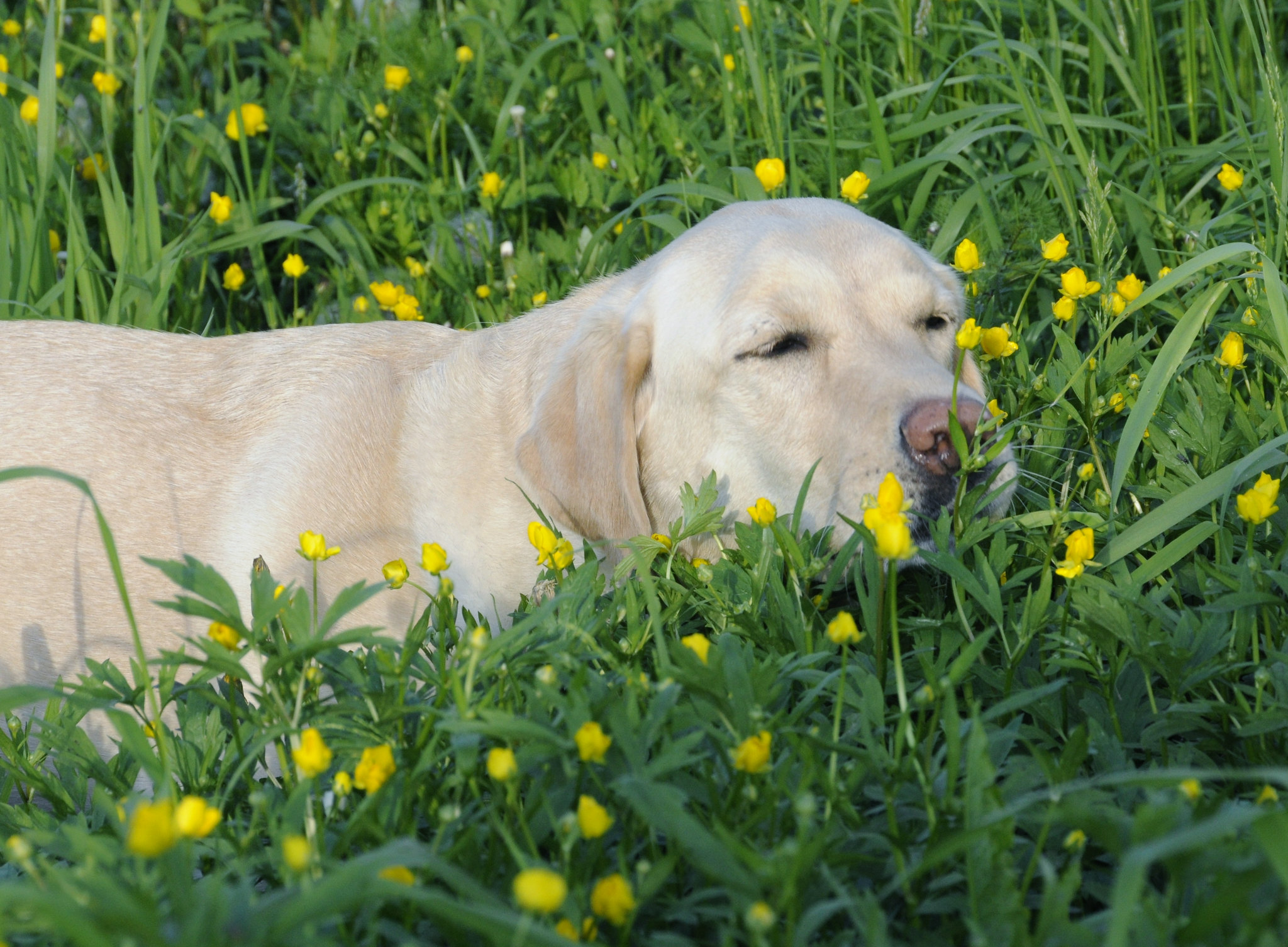
They are extraordinarily perceptive visually, in fact, and are often guided by our facial expressions or simply where we are looking. Dogs can understand and react to gestures, no matter how subtle. They can distinguish emotion, and show empathy, making them splendid companions.
Dogs also have a highly developed sense of hearing. With an audio frequency spanning 20 Hz to 65,000 Hz—45,000 Hz higher than our own—dogs are able to hear many sounds that we cannot; a real asset when it comes to guarding and hunting.
MRI scans show that dog’s brains have an area where they process voices, just like humans do, and that area is stimulated by the human voice. Thus, dogs are quick to learn and understand human words. They are the only animal known to apply the process of “fast mapping,” whereby they readily associate a new word with a new object. Dogs can achieve a vocabulary reaching hundreds of words.
One border collie named Chaser used fast mapping to learn precisely 1,022 words.
In the workforce, dogs are valuable in that they have the rare ability to generalize. That is, they can learn an appropriate response to a specific situation, and then apply it to all similar situations. Seeing-eye dogs, for example, learn how to cross one street, and apply that knowledge generally.
READ MORE:
Darren Maung contributed to this report.



